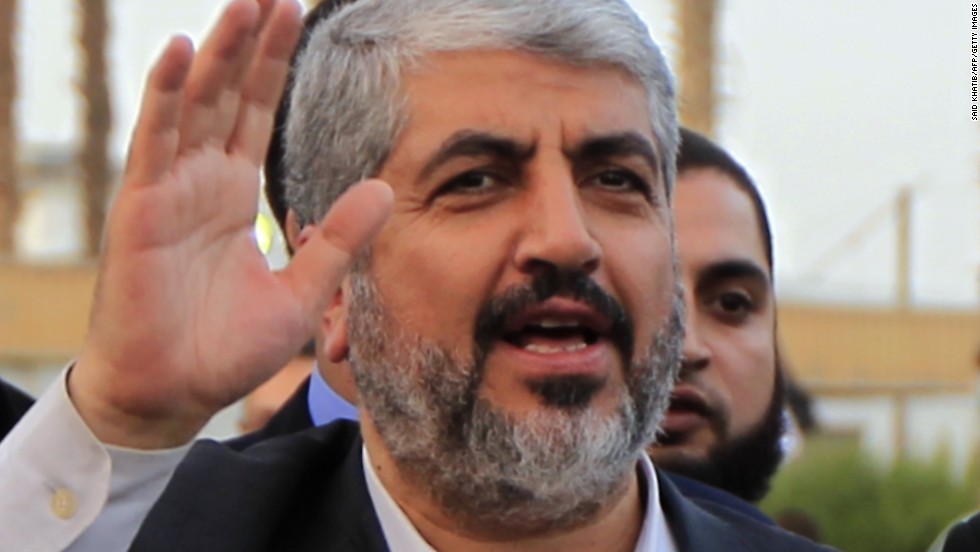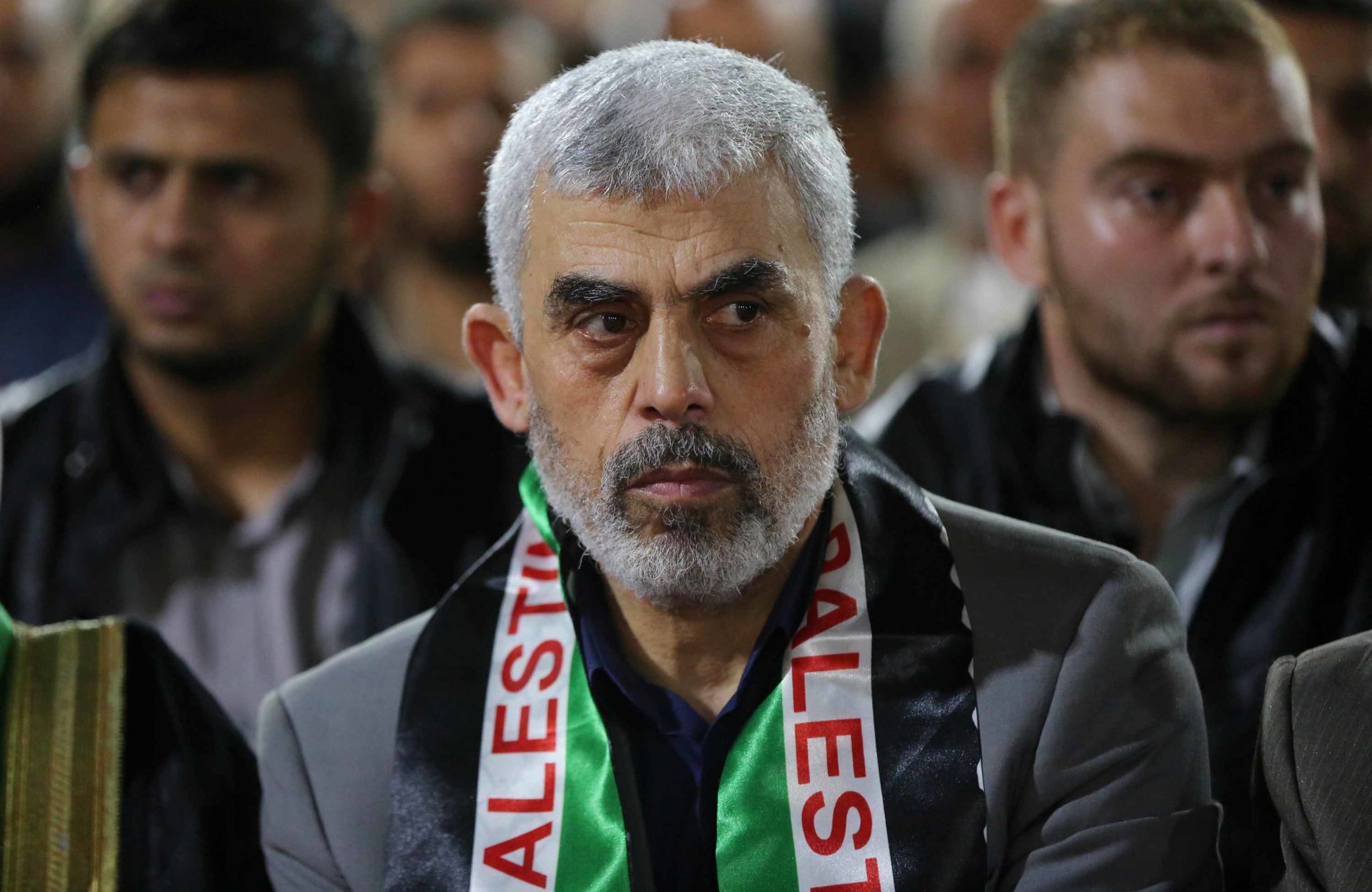Historical Context of the Conflict

The Israeli-Palestinian conflict is a complex and deeply rooted issue with a long and tumultuous history. Understanding its historical context is crucial for comprehending the current situation and the challenges facing both Israelis and Palestinians. The conflict’s roots can be traced back to the late 19th and early 20th centuries, with the rise of Zionism and the subsequent establishment of the State of Israel.
The Rise of Zionism
Zionism emerged as a political movement in the late 19th century, advocating for the establishment of a Jewish homeland in Palestine. Motivated by anti-Semitism in Europe and a desire for self-determination, Zionist leaders sought to create a safe haven for Jewish people. This movement gained momentum throughout the 20th century, leading to increased Jewish immigration to Palestine.
The British Mandate for Palestine
After World War I, the Ottoman Empire, which had ruled Palestine for centuries, was dissolved. The League of Nations granted Great Britain a mandate over Palestine in 1922, with the goal of establishing a Jewish national home while also safeguarding the rights of the existing Arab population. The British Mandate period witnessed significant tensions between Jewish and Arab communities, with both groups vying for control over land and resources.
The 1947 UN Partition Plan
In 1947, the United Nations General Assembly adopted a plan to partition Palestine into two states, one Jewish and one Arab. The plan allocated approximately 55% of the land to the Jewish state and 45% to the Arab state. However, the plan was rejected by Arab leaders, who argued that it was unfair and would lead to the displacement of Palestinians.
The 1948 Arab-Israeli War and the Displacement of Palestinians
Following the rejection of the UN Partition Plan, war erupted between Jewish forces and Arab armies in 1948. The war resulted in the establishment of the State of Israel and the displacement of hundreds of thousands of Palestinians, known as the “Nakba” (catastrophe). Palestinians were forced to flee their homes and villages, many of whom became refugees in neighboring countries.
The Formation of Hamas
Hamas was formed in 1987 during the First Intifada, a Palestinian uprising against Israeli occupation. It emerged as a major force in the Palestinian territories, advocating for the establishment of an Islamic state in all of Palestine. Hamas’s ideology is rooted in Islamic fundamentalism, and it has used violence as a means of achieving its goals.
Key Events and Agreements
The relationship between Israel and Hamas has been marked by conflict and periods of relative calm. Key events and agreements that have shaped this relationship include:
- The First Intifada (1987-1993): A Palestinian uprising against Israeli occupation, which led to the emergence of Hamas as a major force in the Palestinian territories.
- The Oslo Accords (1993-1995): A series of agreements between Israel and the Palestine Liberation Organization (PLO), aimed at establishing a Palestinian state in the West Bank and Gaza Strip. However, the Oslo Accords failed to achieve lasting peace, and the conflict continued.
- The Second Intifada (2000-2005): A violent Palestinian uprising against Israeli occupation, which further escalated tensions between the two sides.
- The Hamas takeover of Gaza (2007): Hamas seized control of the Gaza Strip from the Palestinian Authority, which led to a blockade of the territory by Israel.
- The 2014 Gaza War: A 50-day conflict between Israel and Hamas, which resulted in heavy casualties on both sides.
Leadership and Ideology: Israel Hamas Leader

The conflict between Israel and Palestine is deeply rooted in complex political and ideological issues. Understanding the leadership and ideology of Hamas, a key player in this conflict, is crucial for comprehending its dynamics. This section will delve into the background, political views, and key decisions of the current Hamas leader, and then explore the core tenets of Hamas’s ideology, its interpretation of Islam, its political goals, and its views on the Israeli-Palestinian conflict. Finally, we will compare and contrast Hamas’s ideology with that of other Palestinian factions, such as Fatah.
Hamas Leadership: Ismail Haniyeh
Ismail Haniyeh, the current leader of Hamas, has been a prominent figure in the organization since its inception. He has played a significant role in shaping Hamas’s policies and strategies, particularly in the context of the Israeli-Palestinian conflict.
- Early Life and Education: Haniyeh was born in 1962 in a refugee camp in the Gaza Strip. He received his education in Islamic studies and became involved in Islamic activism during his youth.
- Rise within Hamas: Haniyeh joined Hamas in the 1980s and quickly rose through the ranks, becoming a key leader in the Gaza Strip. He played a crucial role in establishing Hamas’s social and welfare programs, which provided essential services to the Palestinian population.
- Political Views: Haniyeh is known for his unwavering commitment to Hamas’s core ideology, which emphasizes the establishment of an Islamic state in all of historic Palestine. He has consistently condemned Israel’s occupation of Palestinian territories and advocated for armed resistance against Israel.
- Key Decisions: Haniyeh has made several key decisions that have shaped Hamas’s trajectory, including his role in leading the organization’s political wing during the 2006 Palestinian legislative elections, which Hamas won. He has also been a central figure in negotiating ceasefires and truces with Israel, while simultaneously maintaining Hamas’s commitment to armed resistance.
Hamas Ideology: Core Tenets
Hamas’s ideology is deeply rooted in Islamic principles, particularly its interpretation of the Quran and the Sunnah. This ideology has shaped its political goals, its views on the Israeli-Palestinian conflict, and its approach to governance.
- Interpretation of Islam: Hamas’s ideology draws heavily from the Islamic concept of “jihad,” which it interprets as a struggle against oppression and injustice. This interpretation justifies the use of armed resistance against Israel, which Hamas views as an occupying force.
- Political Goals: Hamas’s ultimate political goal is the establishment of an Islamic state in all of historic Palestine, including territories currently controlled by Israel. This goal is based on the belief that Palestine is an Islamic “waqf” (endowment) that cannot be ceded to non-Muslims.
- Views on the Israeli-Palestinian Conflict: Hamas views the Israeli-Palestinian conflict as a struggle between Islam and Judaism. It rejects the legitimacy of Israel’s existence and considers the conflict a continuation of the Islamic-Jewish conflict that began centuries ago.
- Governance: While Hamas has a history of armed resistance, it has also demonstrated its ability to govern. In 2006, Hamas won the Palestinian legislative elections and formed a government in the Gaza Strip. However, its governance has been characterized by a strong emphasis on Islamic values and a rejection of secularism.
Hamas and Fatah: Contrasting Ideologies, Israel hamas leader
Hamas and Fatah are two of the most prominent Palestinian factions, but their ideologies differ significantly. While both organizations advocate for Palestinian self-determination, their approaches to achieving this goal differ considerably.
- Fatah’s Ideology: Fatah, led by Mahmoud Abbas, is a secular nationalist organization that advocates for a two-state solution to the Israeli-Palestinian conflict. Fatah believes in peaceful negotiations with Israel and rejects the use of armed resistance.
- Contrasting Views: Hamas, on the other hand, rejects the two-state solution and insists on the establishment of an Islamic state in all of historic Palestine. It views armed resistance as a legitimate tool to achieve its goals and has consistently condemned negotiations with Israel.
- Impact on the Conflict: The ideological differences between Hamas and Fatah have contributed to the ongoing conflict between Israel and Palestine. The two factions have often been at odds, leading to internal Palestinian divisions and hindering efforts to achieve a lasting peace.
Impact and Implications

The leadership of Hamas has had a profound and multifaceted impact on the Israeli-Palestinian conflict, shaping its trajectory and influencing the international response. Understanding these implications is crucial for comprehending the complexity of the conflict and exploring potential avenues for resolution.
Hamas’s Role in Violence and Negotiations
Hamas’s commitment to armed resistance has been a defining feature of its approach to the Israeli-Palestinian conflict. The organization’s use of violence, including rocket attacks on Israel, has led to significant civilian casualties on both sides, exacerbating tensions and fueling cycles of violence. This strategy has been both condemned and defended, with critics arguing that it hinders peace efforts and supporters maintaining that it is a legitimate form of resistance against Israeli occupation.
Hamas’s participation in negotiations has been limited and often fraught with challenges. Its refusal to recognize Israel’s right to exist and its commitment to armed struggle have made it difficult to engage in meaningful dialogue. However, Hamas has shown some flexibility in recent years, participating in indirect talks and expressing a willingness to consider a long-term truce.
International Response to Hamas
The international community has responded to Hamas’s actions with a mix of condemnation, sanctions, and engagement. Many countries, including the United States and European Union, have designated Hamas as a terrorist organization, imposing sanctions and restrictions on its activities. However, some countries, notably Qatar and Turkey, have maintained a more nuanced approach, seeking to engage with Hamas in efforts to promote stability and peace.
The international response to Hamas has been complex and often contradictory. While condemning its violence, some actors have also recognized the need to address the underlying political and social grievances that fuel Hamas’s support. This tension between condemnation and engagement reflects the challenges of dealing with a group that operates at the intersection of politics, religion, and violence.
Challenges and Opportunities for Resolution
Resolving the Israeli-Palestinian conflict in the context of Hamas’s leadership presents significant challenges. Hamas’s commitment to armed struggle, its refusal to recognize Israel, and its popularity among Palestinians create a complex political landscape. However, there are also opportunities for progress.
The possibility of a long-term truce, facilitated by regional actors, could create space for dialogue and negotiations. Addressing the root causes of the conflict, such as poverty, unemployment, and political disenfranchisement, could also contribute to a more peaceful environment. Finally, the international community can play a constructive role by supporting efforts to build trust, promote reconciliation, and create conditions for a just and lasting peace.
Israel hamas leader – The conflict between Israel and Hamas is a complex and deeply troubling situation, a stark reminder of the human cost of political strife. But even amidst such turmoil, there are glimmers of hope, like the rise of Kenny Pickett as a young star for the Philadelphia Eagles, a symbol of resilience and promise in a different arena.
Just as Pickett’s performance on the field inspires fans, we can hope for a future where dialogue and understanding prevail, bringing peace to the Israeli-Palestinian conflict.
The conflict between Israel and Hamas is a complex and multifaceted issue, with both sides facing challenges and making difficult decisions. Just like the unpredictable path of tropical storm Debby transforming into a hurricane, the conflict’s trajectory is often difficult to predict.
The situation requires a delicate balance of diplomacy and security measures, with the ultimate goal of achieving a lasting peace in the region.
